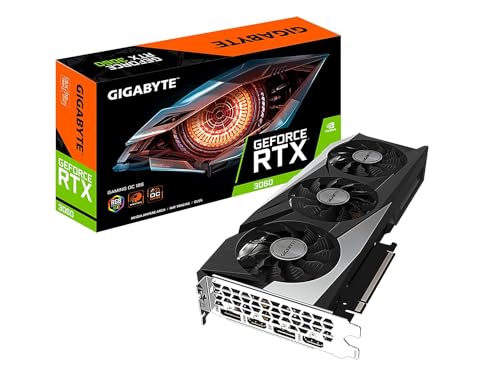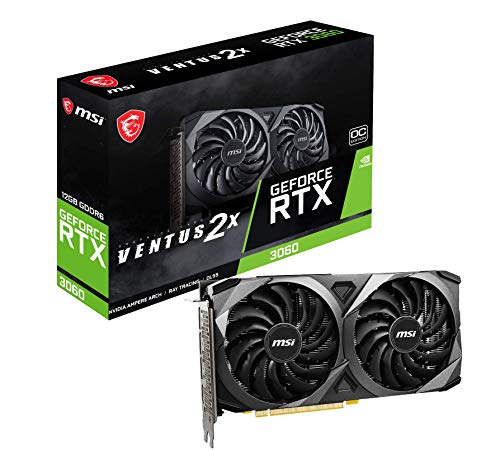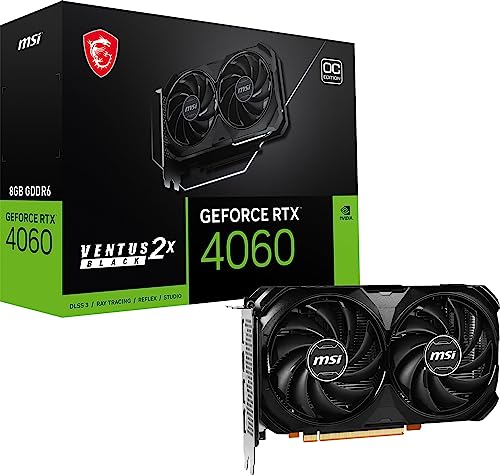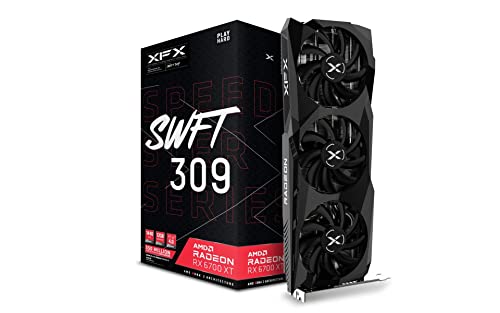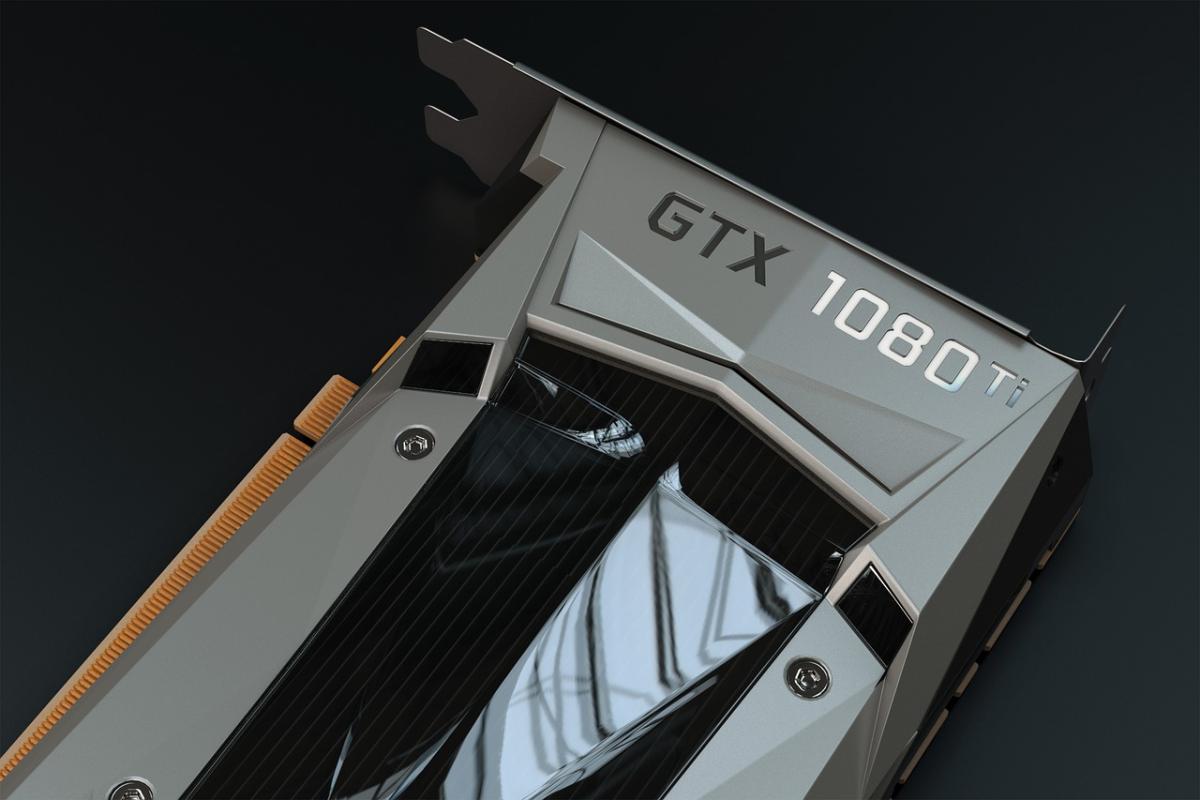**Introduction**
While GPUs have long been at the heart of gaming, their role in artificial intelligence (AI) is rapidly expanding. Advanced GPU architectures are now being optimized not just for rendering graphics but also for accelerating AI workloads and complex computations. This article explores the latest innovations in GPU design specifically geared toward AI applications and explains how these advancements are unlocking new possibilities in machine learning, data analytics, and scientific research.
**Technological Innovations**
- **Dedicated AI Cores and Tensor Units:**
Modern GPUs incorporate specialized cores designed for neural network operations, accelerating matrix computations and reducing latency in AI inference.
- **Enhanced Parallelism:**
State-of‑the‑art GPU architectures feature thousands of cores working in parallel, delivering massive throughput for deep learning and high‑performance compute tasks.
- **Optimized Memory Hierarchy:**
Advanced memory interfaces and high‑bandwidth memory (HBM) systems ensure that large data sets can be processed quickly, supporting intensive AI algorithms.
- **AI‑Enhanced Driver Software:**
Machine learning‑powered drivers dynamically optimize GPU performance for mixed workloads, balancing traditional graphics with AI computations seamlessly.
**Applications and Benefits**
- **Accelerated Machine Learning:**
Faster processing speeds and reduced latency translate to significantly shortened training times for deep learning models, benefiting research and industrial applications.
- **Enhanced Data Analytics:**
GPUs optimized for AI processing enable real‑time analysis of large datasets, which is critical for financial modeling, scientific simulation, and predictive analytics.
- **Versatile Compute Capabilities:**
While powering immersive games, these advanced GPUs can also double as AI accelerators, making them invaluable in multi‑use environments.
- **Energy‑Efficient Performance:**
Optimized designs and energy‑efficient cores contribute to improved performance-per-watt ratios, reducing operational costs for enterprises.
**Future Directions**
Future GPU designs will likely feature even deeper integration with AI frameworks, enabling dynamic resource allocation between graphics rendering and AI inference. Enhanced fabrication techniques and the integration of novel materials like graphene could further push the boundaries of GPU performance, shaping the next generation of high‑performance computing for AI applications.
**Keywords:** GPU for AI, advanced GPU architecture, tensor cores, machine learning acceleration, deep learning, high‑performance GPU, AI processing, parallel computing, next‑gen GPU
Beyond Gaming
Advanced GPU Architectures for AI Applications
Related Articles
Essential High-Performance PC Components You Need Now
Upgrade your setup with the must-have parts for unbeatable gaming and productivity
Top Picks for Best High-Performance PCs
Find the perfect power machine for gaming, work, or creative projects
Your Guide to the Best High-Performance PCs
Find the Right PC for Your Gaming and Creative Needs
View our related products
See more